As Prime Minister Narendra Modi turns 75, the milestone is not only a celebration of his life but also an occasion to reflect on his political journey and the unique ways in which he has connected with the people of India. Few leaders in independent India have managed to cultivate such a sustained bond with citizens across diverse geographies, demographics and social segments.
Beyond the electoral strategies and political manoeuvering, Modi has consistently relied on personal symbolism, communication innovations and direct outreach to foster a sense of closeness between himself and ordinary Indians.
From pioneering the use of social media in political campaigns to addressing students in moments of anxiety, from speaking directly to the nation through radio to spending festivals with soldiers on the frontlines, his style of connect goes beyond traditional politics. It is an approach rooted in narrative, accessibility and emotional resonance, which continues to shape his public persona as India’s “Pradhan Sevak.”
Social media revolution of 2014
The run-up to the 2014 general elections marked a watershed moment in Indian political communication. Narendra Modi and the Bharatiya Janata Party (BJP) recognised early on that the digital space was fast becoming the preferred arena for India’s young and urban voters.
At a time when opponents still relied largely on print and television, Modi’s campaign harnessed the power of social media—Twitter, Facebook, YouTube and later WhatsApp—to create direct and unfiltered channels of communication.
This strategy democratised access to the leader. Through viral videos, hashtags and carefully crafted campaign messages, Modi’s vision of development, governance and decisive leadership reached millions in real time.
The “Chai Pe Charcha” initiative, where he spoke to citizens via video conferencing over a cup of tea, became emblematic of this digital-first approach. The blending of online campaigns with offline engagements ensured that Modi’s image as a tech-savvy, approachable leader resonated across India.
Impact Shorts
More ShortsUnlike previous elections where political messaging often filtered through media intermediaries, the 2014 campaign turned Modi into a constant presence in people’s phones and homes.
The outcome was transformative: not only did this digital outreach help deliver a historic electoral mandate, it also set a new template for how leaders could directly connect with citizens in the digital age.
From prime minister to pradhan sevak
When Modi assumed office in May 2014, his first major assertion was to describe himself not as the “Prime Minister” but as the “Pradhan Sevak”—the Chief Servant of the people. This was more than just rhetoric. It was a carefully chosen expression designed to break away from the image of aloof and elitist leadership.
By projecting himself as a servant-leader, Modi tapped into deep cultural traditions of seva (service) while aligning with modern democratic ideals of accountability and humility. The symbolism resonated strongly with voters who had placed their trust in him after years of frustration with corruption and inaccessibility in government.
On social media and official communication platforms, the phrase “Pradhan Sevak” became a recurring theme, reinforcing his identity as a leader who listens, responds and acts in the interest of the common citizen.
This simple yet powerful assertion was crucial in building continuity between the promises of the campaign and the ethos of governance. It framed Modi not as a distant ruler but as someone embedded in the everyday struggles and aspirations of his people.
Mann Ki Baat: A nation’s conversation
One of the most innovative ways Modi institutionalised his connect with citizens was through Mann Ki Baat, a monthly radio broadcast that began in October 2014. In an era dominated by television and digital news, returning to the intimacy of radio was both unconventional and effective.
Mann Ki Baat allowed Modi to transcend geographical and linguistic boundaries, reaching listeners in villages and towns that might otherwise remain disconnected from policy debates.
The programme’s content is deliberately non-partisan: stories of ordinary Indians doing extraordinary work, messages of national pride, recognition of grassroots initiatives and reflections on cultural values. By inviting suggestions through the MyGov portal and the Narendra Modi app, it also positioned itself as participatory, not merely top-down communication.
Over the years, the broadcast has shaped public discourse on issues ranging from cleanliness to innovation, from local sports to environmental awareness. By foregrounding ordinary voices and weaving them into a national narrative, Modi has managed to position himself as a listener as much as a speaker.
Even after more than 125 episodes, the programme continues to command mass audiences, reinforcing his identity as the “Pradhan Sevak” who converses with, rather than dictates to, his people.
Pariksha Pe Charcha: A mentor for the youth
Among the most distinctive features of Modi’s outreach has been his direct engagement with students through Pariksha Pe Charcha. Launched in 2018, the initiative responds to one of the most stressful realities of Indian life—examinations.
Rather than issuing policy prescriptions, Pariksha Pe Charcha creates an informal, interactive atmosphere where Modi speaks to students, parents, and teachers about exam-related anxiety, time management, peer pressure and mental wellbeing.
Drawing on anecdotes and personal experiences, he encourages children to view exams as opportunities rather than obstacles, urging them to embrace positivity and confidence.
The initiative quickly grew in scale. During the pandemic, it adapted into hybrid and virtual formats, widening participation across the country. By 2025, Pariksha Pe Charcha had evolved into a national phenomenon, recording record-breaking citizen participation with over 3.53 crore registrations and more than 21 crore viewers.
With external voices like actor Deepika Padukone joining discussions on mental health, the program’s relevance deepened further.
At one level, Pariksha Pe Charcha positions Modi as a mentor or guide to India’s youth, blending empathy with motivation. At another, it ensures that he remains a constant figure in the lives of students and families, not merely as a policymaker but as someone invested in their personal growth.
Even critics who question its ability to address structural flaws in education acknowledge that PPC has created a vital emotional bridge between the Prime Minister and India’s next generation.
Diwali with soldiers
If Modi’s outreach to students symbolises his connect with the youth, his decision to celebrate Diwali with soldiers exemplifies his bond with the armed forces and the spirit of nationalism.
Since 2014, Modi has consistently chosen to spend the festival of lights not in the company of political peers or family, but with jawans posted at border areas or remote conflict zones.
This tradition is deeply symbolic. For soldiers stationed away from home, the prime minister’s presence during Diwali serves as recognition of their sacrifice and morale booster. For citizens, the images of Modi sharing sweets, addressing jawans informally, and offering prayers alongside them reinforces the idea of a leader who prioritises gratitude over grandeur.
These annual visits have taken him to forward posts in Ladakh, Himachal Pradesh, Jammu and Kashmir and even desert borders in Rajasthan. His speeches during these occasions often blend personal warmth with patriotic fervour, framing the armed forces as the nation’s true protectors and extended family.
While critics sometimes interpret the gesture as calculated political optics, its impact cannot be denied. The tradition has become one of the most recognisable features of Modi’s leadership style—an emotionally charged ritual that humanises the office of the Prime Minister while reaffirming the nation’s bond with its defenders.
Beyond politics: Crafting a personal bond
Taken together, these initiatives—social media outreach, the “Pradhan Sevak” narrative, Mann Ki Baat, Pariksha Pe Charcha and Diwali with soldiers—represent more than just communication tools. They form a coherent strategy of personal connection that transcends political cycles and electioneering.
What distinguishes Modi’s approach is its consistency and adaptability. From the early days of experimenting with hashtags and video conferences to institutionalising monthly broadcasts and annual student interactions, his efforts reflect a conscious attempt to remain embedded in the lives of citizens.
The blend of humility, symbolism and modern technology has created a public persona that is both accessible and authoritative.
This approach also speaks to a larger transformation in Indian politics. In an age where citizens expect direct engagement from leaders, Modi has positioned himself not only as a decision-maker but as a communicator-in-chief.
Whether speaking to the farmer in a remote village, the student facing exam stress or the soldier standing guard at the border, his initiatives project a message of proximity, empathy, and belonging.
The connect at 75
As Prime Minister Modi celebrates his 75th birthday, his political journey continues to be defined not just by policies or electoral victories, but by the ways in which he has chosen to connect with people. His leadership style illustrates that in a democracy as vast and diverse as India, the bond between leader and citizen is as crucial as governance itself.
By embracing technology, invoking cultural traditions and creating personal rituals of engagement, Prime Minister Modi has cultivated a relationship with the public that is both emotional and enduring.
Beyond politics and beyond power, this connect remains one of his most defining legacies—a reminder that leadership is ultimately about being heard, being seen, and being felt in the lives of ordinary people.


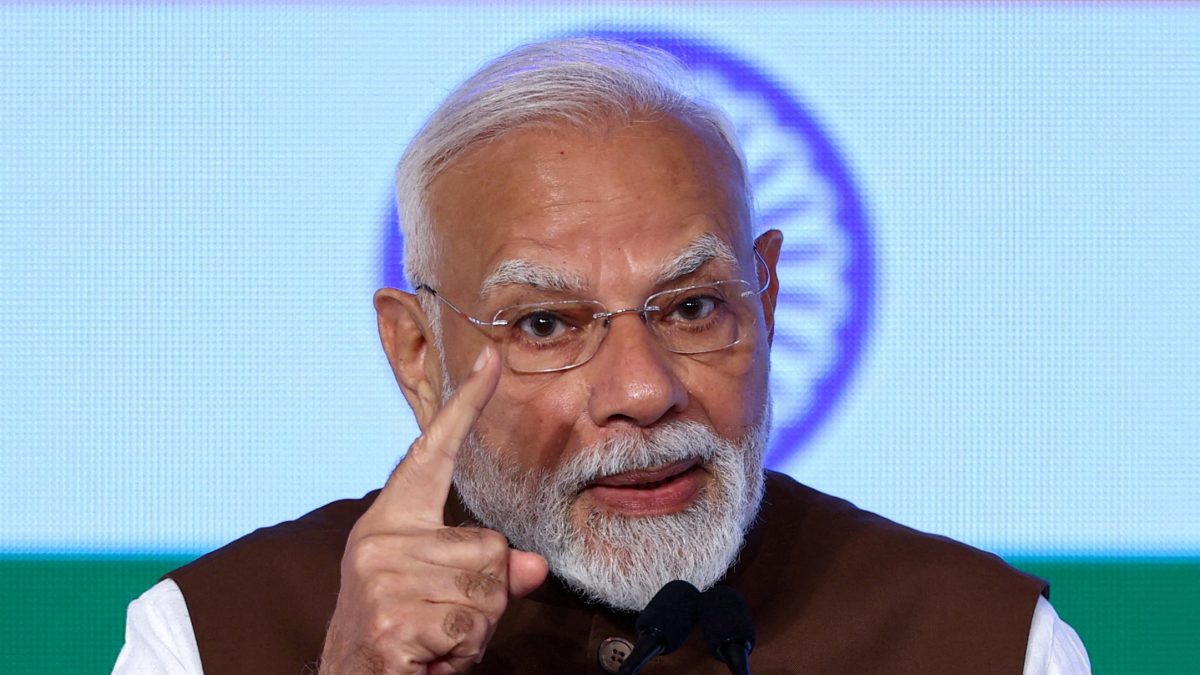)
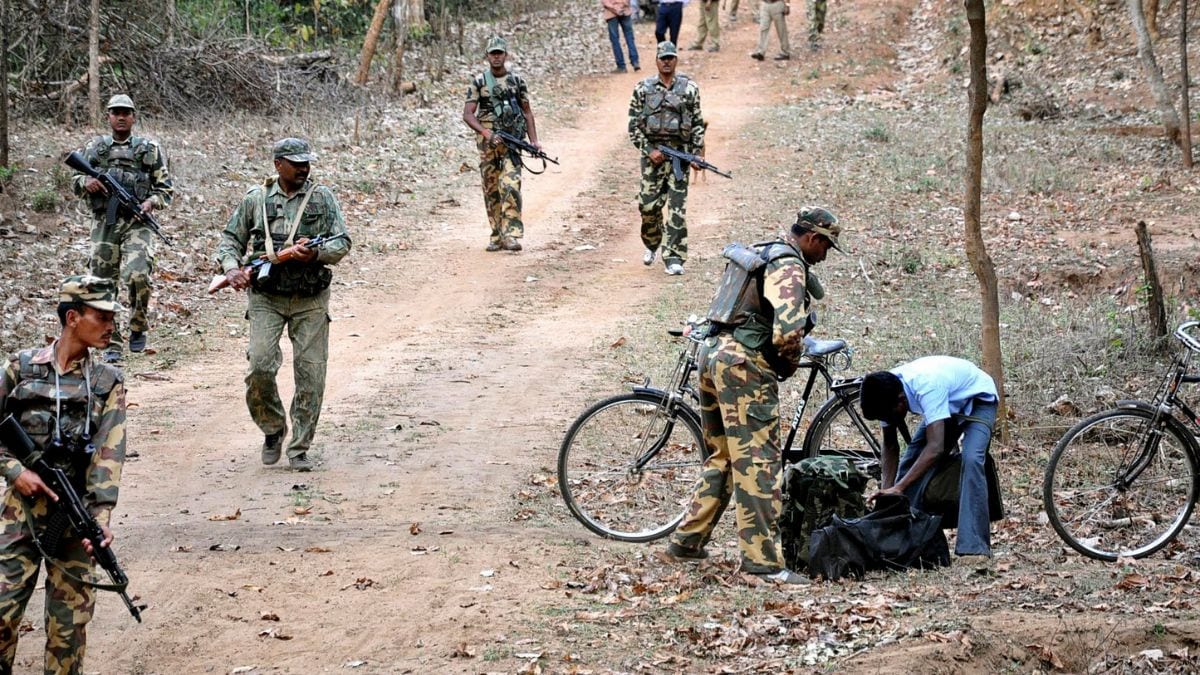
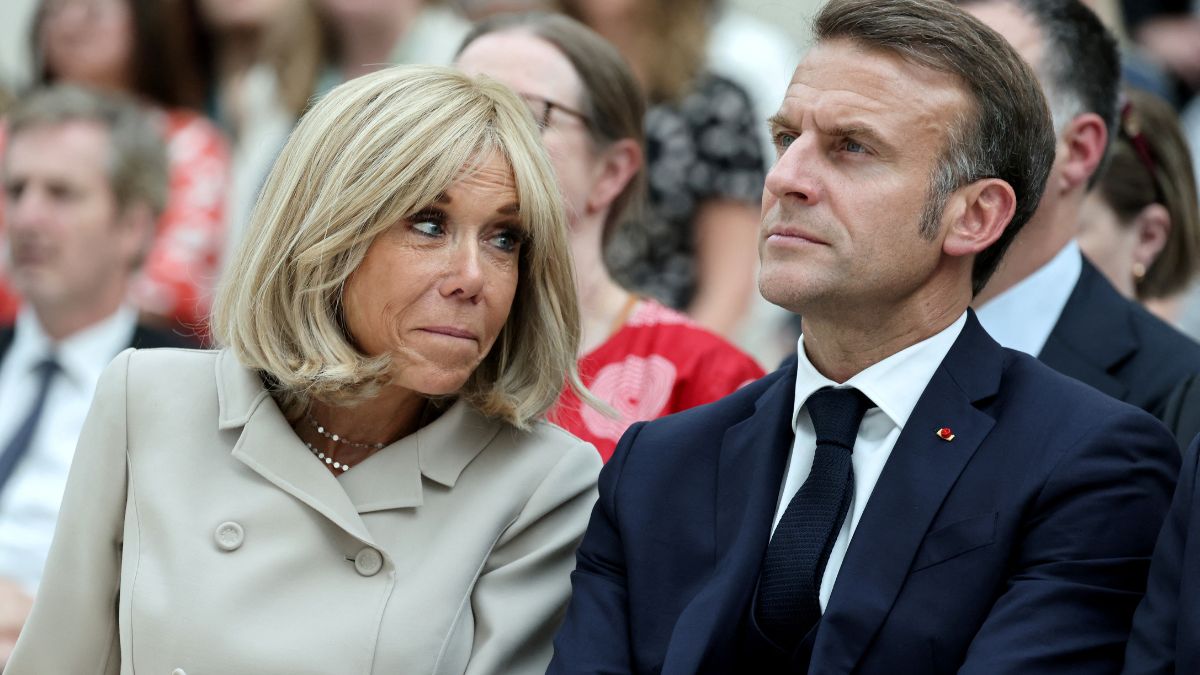)
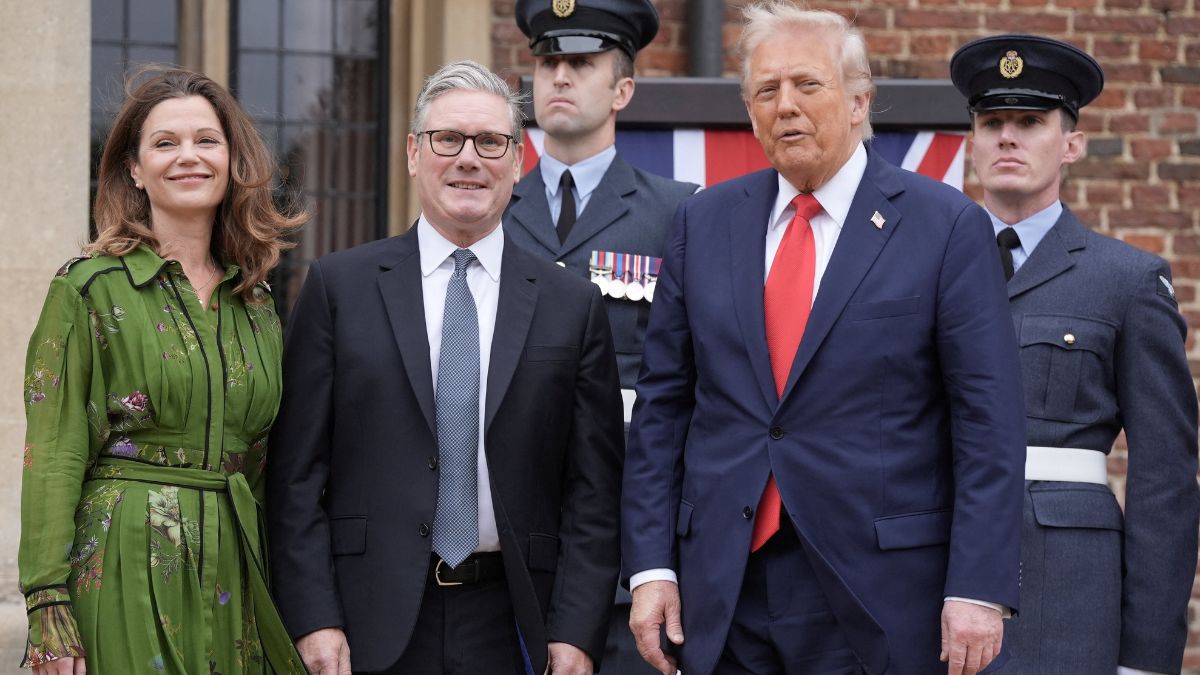)
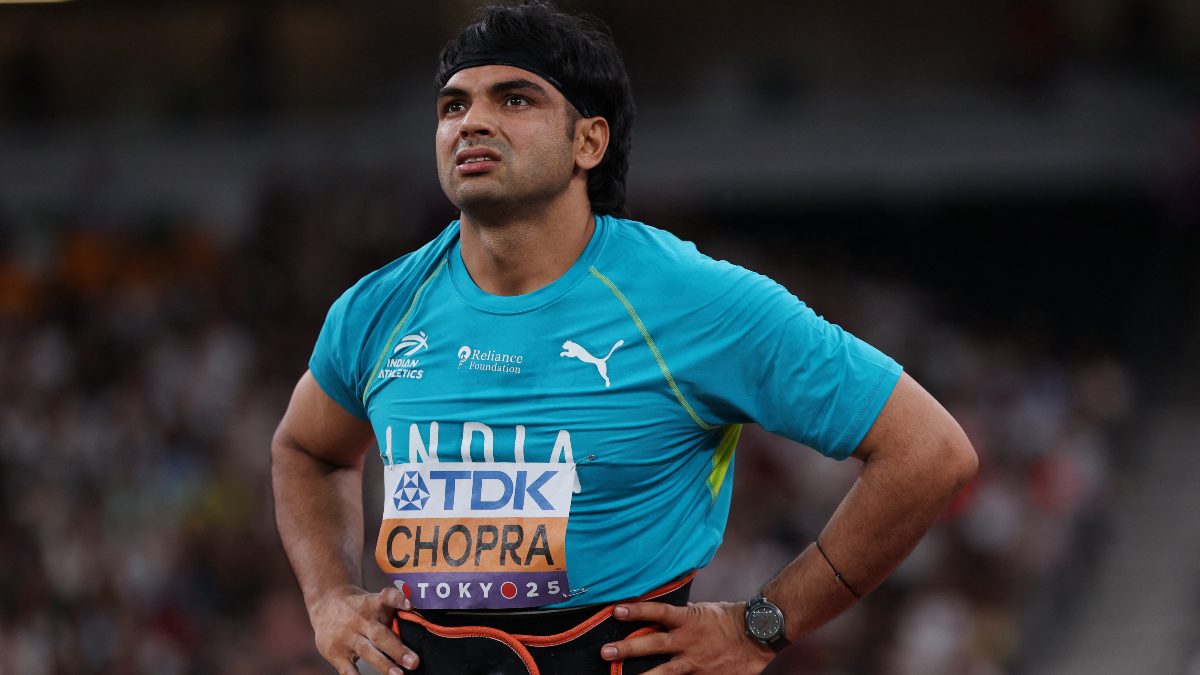)
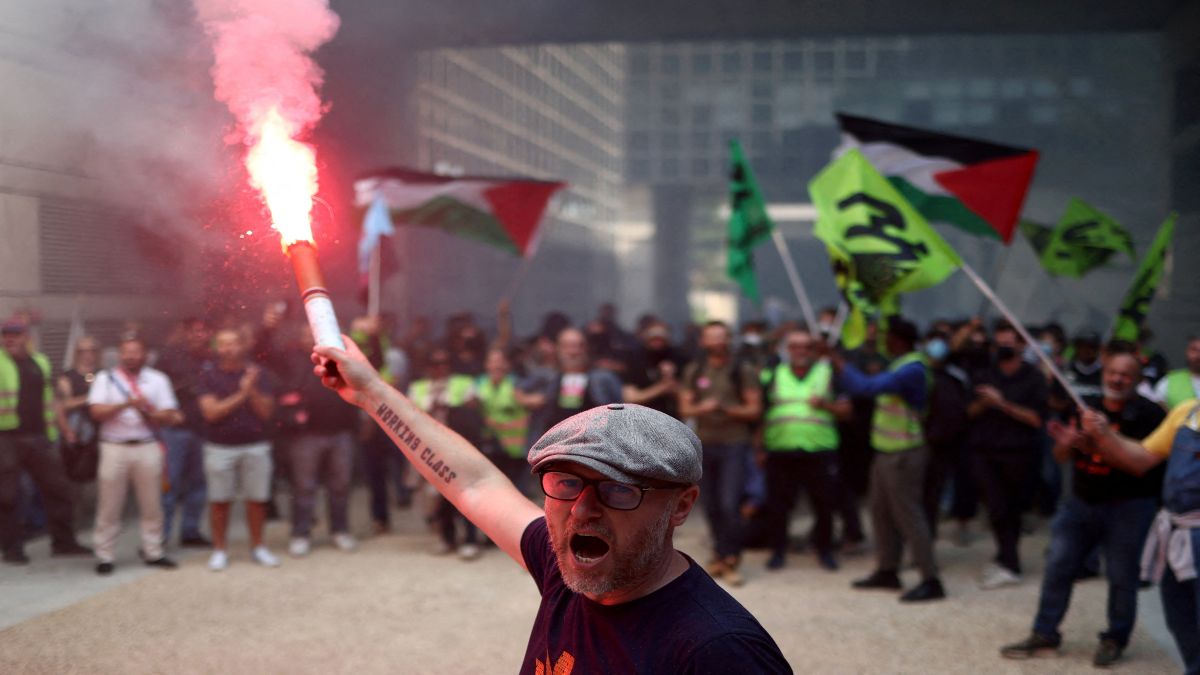)
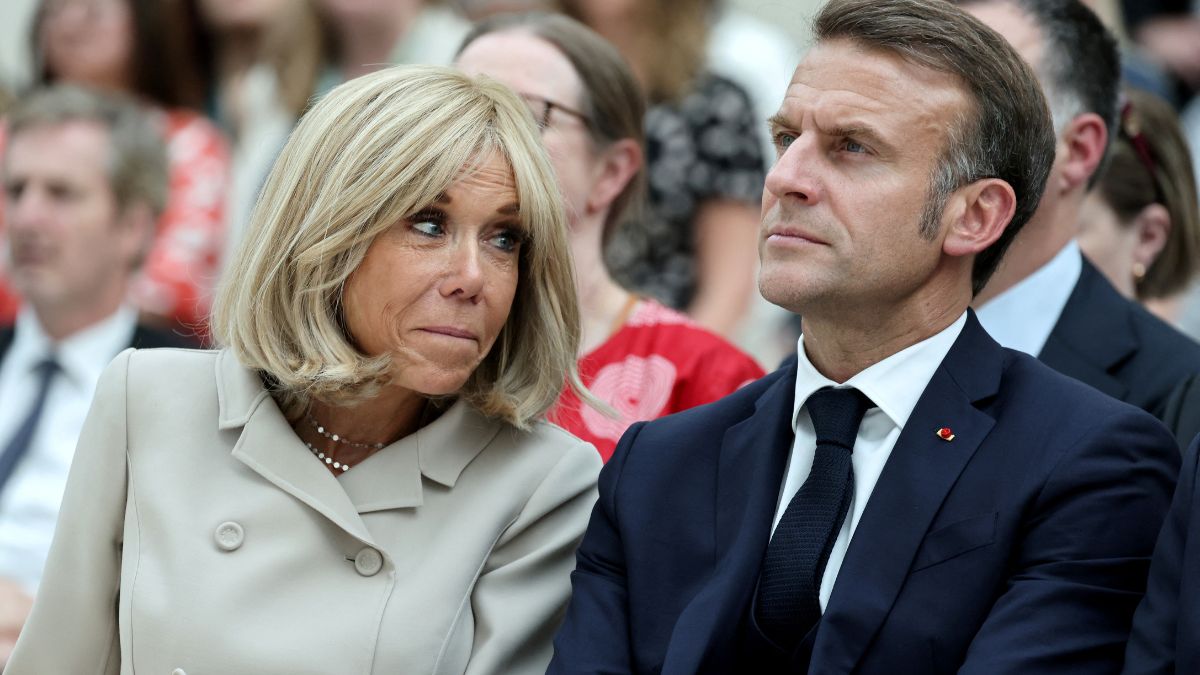)
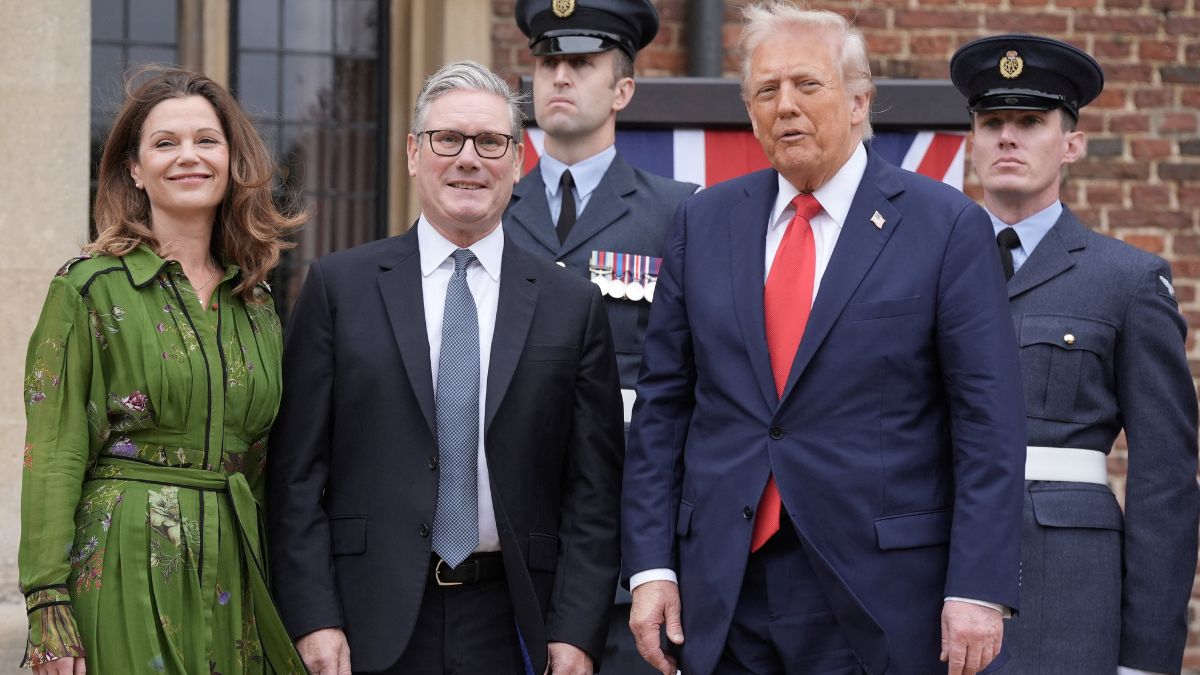)
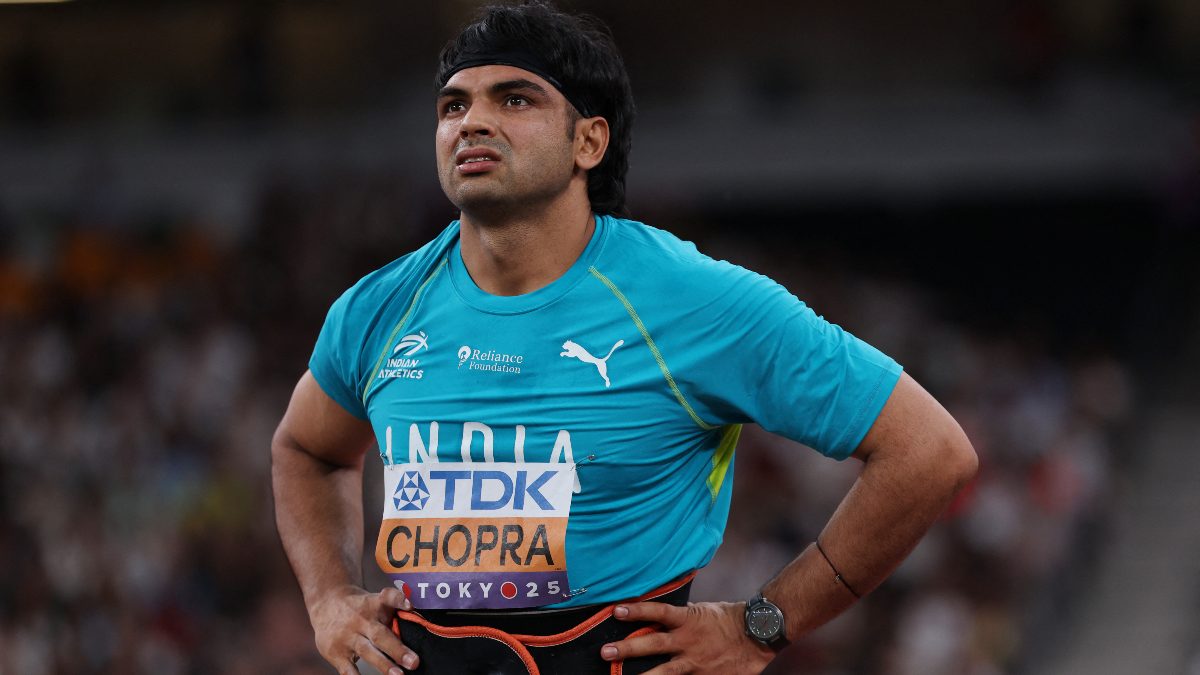)
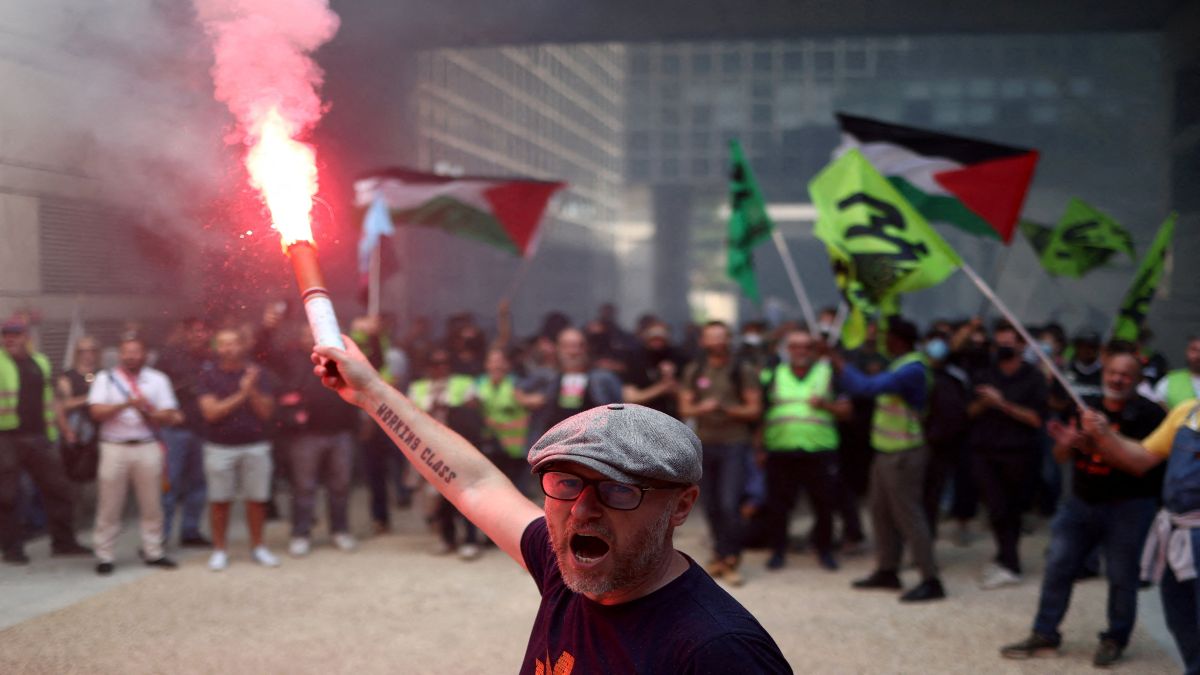)



